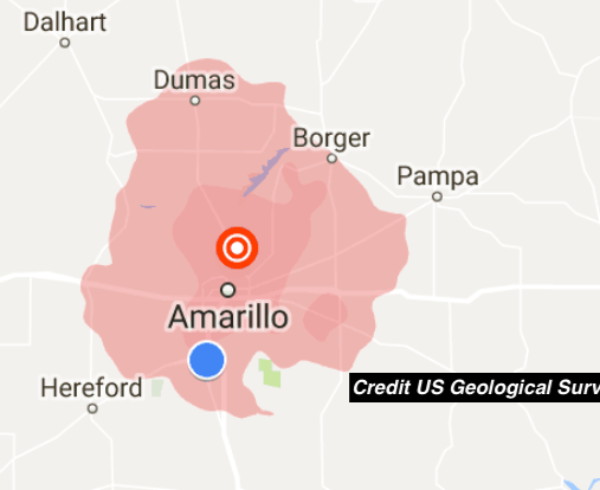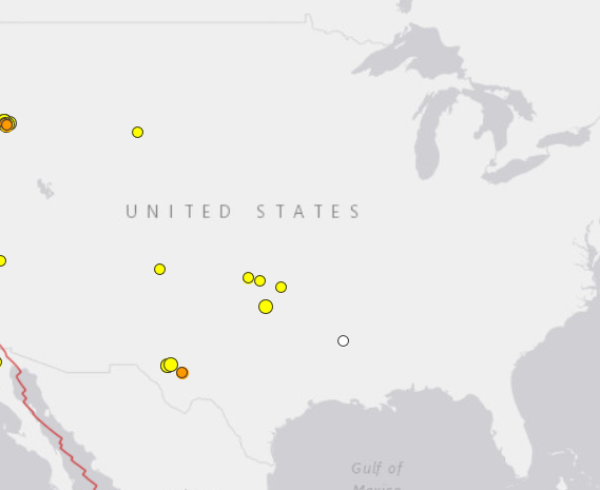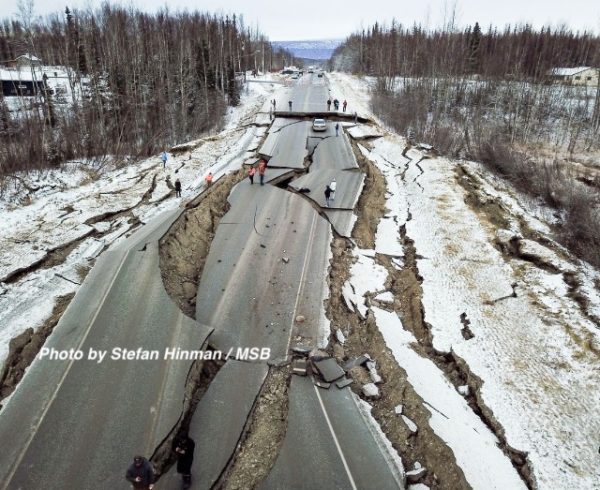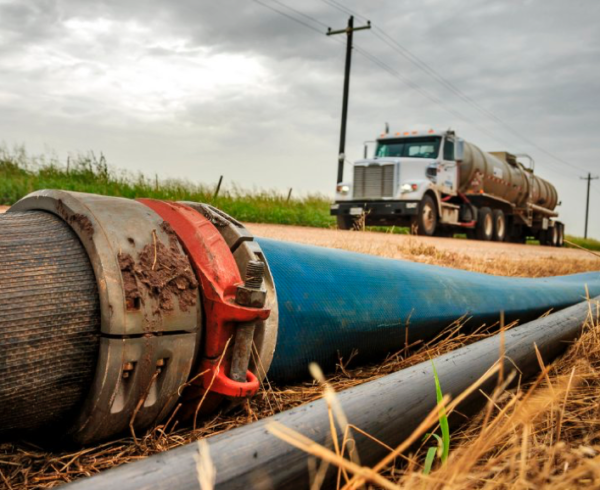The persistent presence of low magnitude earthquakes in the Delaware Basin, namely in Reeves County, is prompting Texas regulators to enact new policies for reviewing disposal well permits. The Texas Railroad Commission (RRC), the state agency charged with regulating the exploration, production, and transportation of oil and gas, acknowledges that the landscape is about to change for wells in the permit review process. New guidelines are coming for how much water produced from oil and gas wells can be injected back into a given saltwater disposal (SWD) well, and at what pressure.
While the new rules have yet to be finalized amid ongoing talks with representatives from academia and the oil and gas industry, they may be released in a matter of weeks. RRC officials describe the rules as being negotiated on a case-by-case basis.
The rules are being developed in response to a two-year uptick in earthquake activity in certain locales in the Permian Basin of West Texas and New Mexico. The Texnet seismic monitoring system, put in place in January of 2017, has substantially improved Texans’ ability to track low magnitude earthquakes with improved resolution compared to prior years. The noted increase in Delaware recorded activity correlates with the availability of this system.
Notwithstanding, the number of earthquakes measuring at 2.5 or greater in the basin have tripled to more than 60 per year, according to the US Geological Survey. This system measures only the higher magnitude events (typically 2.5 – 2.7 M and above). Concern may also have heightened with an October 2018 magnitude 4 earthquake in the Texas Panhandle region around the city of Amarillo, although this part of the country is also prone to natural seismicity.
Inarguably, the relationship between oilfield operations and induced seismicity is complex, with causation often varying by region. To our knowledge, no peer-reviewed scientific studies have confirmed a correlation between saltwater injection and seismicity in the Delaware region. EnergyMakers Advisory Group has closely followed the relationship between oilfield water disposal and induced seismicity for some time, as highlighted in our comprehensive Produced Water Injection Risk Report and associated Data Packages and Analytics of the region. We’ve known that additional rules on disposal injection were in the works in Texas and New Mexico, but the timetable has now ramped up in Texas.
Under the new restrictions, underground water injection permits will be evaluated on a case-by-case basis to ensure that operators stay within stricter water disposal volumes and pressures. The new policies will modulate capacity growth of saltwater disposal systems as a whole in the most active areas in the Permian, where disposal capacity is being outpaced by oil production growth in the region. For some time, we have recommended that operators develop a Plan B and Plan C to manage produced water volumes in the area, including increased adoption of recycling to cut back on disposal volumes. These contemplated policies confirm the importance of this strategy to both maintain production targets and keep water management costs in check.
EnergyMakers will keep you posted on this story as it develops.







